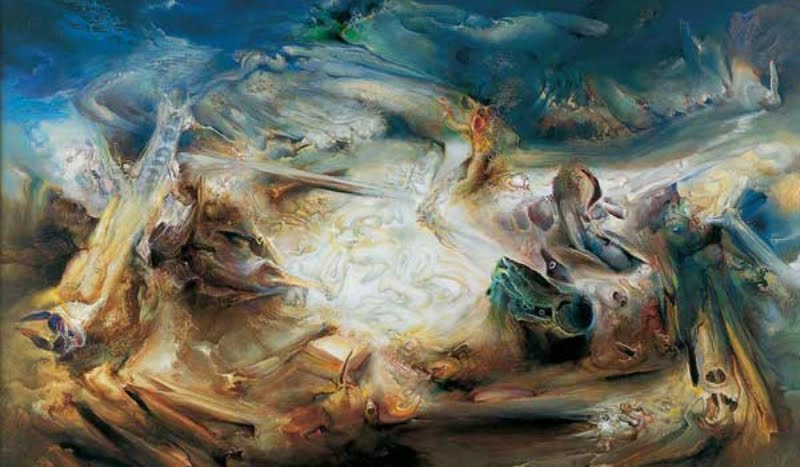Is it wrong to be excited by Transmedia semantics?
I came across Xiaochang Li's wonderful blog CanaryTrap.Net once I stumbled into the online academic community of transmedia enthusiasts. There is a great discussion in the feed back of her recent post "Transmedia as intertext and multiplicity: why some types of stories lend themselves to transmedia" which gets into the semantics of transmedia. What is the significance of the distinction between medium and platform? How 'trans' must transmedia be for it to be authentic? Erek and Scott in comments both contribute some really good questions (some of which I've been pondering myself), which have helped me see how useful the term 'disembodied narrative' is. In one comment Erek poses the question of whether different stories told about the same universe all in one medium, such as comics, would constitute a transmedia story. It is suggested that in fact such a story would not be transmedia proper, with which I agree. Disembodied narrative however, would be an accurate description.
The defining idea of 'disembodied narrative' is that the story exists across multiple independent texts, with no need to make distinctions of media. I say independent here to draw a distinction between sequels and serialisations, ie each of the texts should work primarily on its own. The concept of disembodied narrative then allows us to move beyond the discussion of variety in mediums and platforms, and focus on the questions of how to work with such a fractured narrative, and how independent the individual elements should be. Ooh, its all so exciting!
